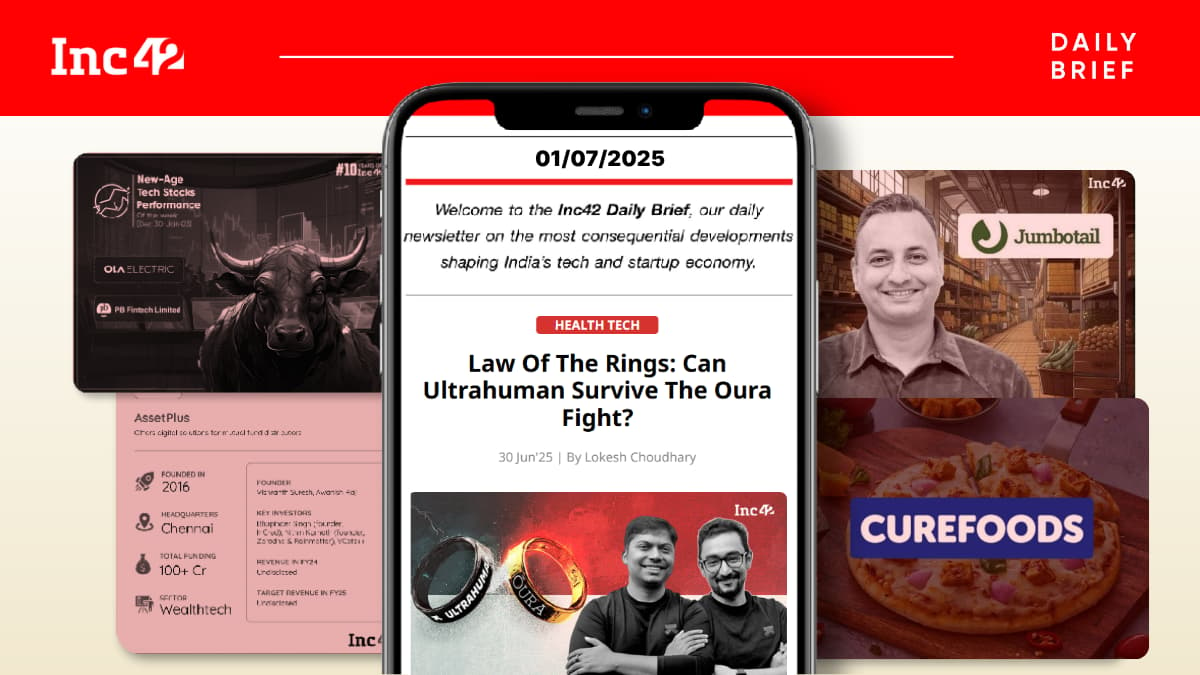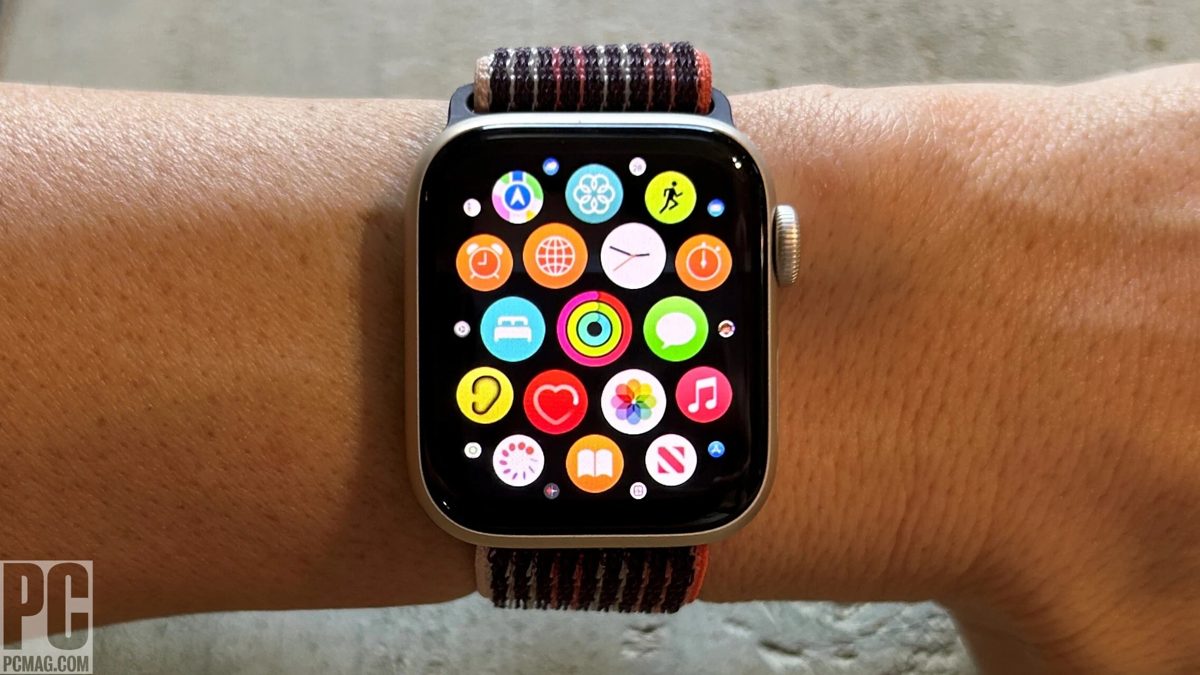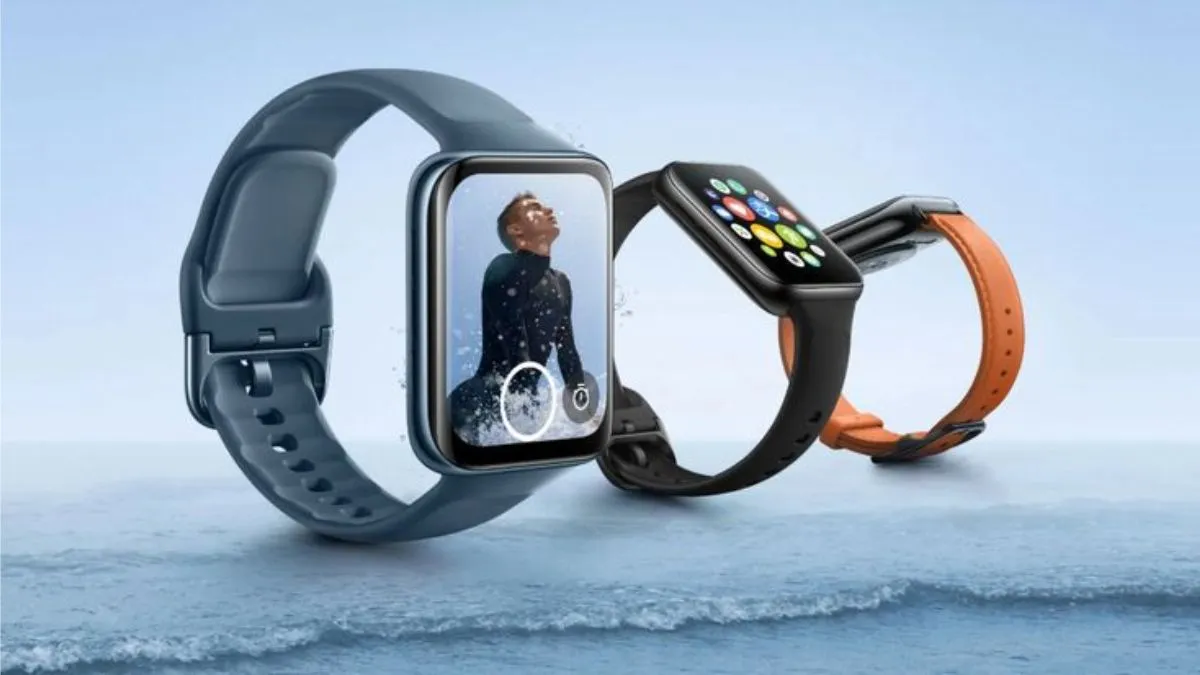Summary
With an eye on bolstering retail partnerships in the US and experimenting with other form factors, can Ultrahuman survive the Oura fight?
Source: Inc42

AI News Q&A (Free Content)
Q1: How is Ultrahuman planning to strengthen its retail partnerships in the US, and what challenges does it face against competitors like Oura?
A1: Ultrahuman aims to bolster its retail partnerships in the US by experimenting with different form factors and enhancing its health-monitoring features. It faces significant competition from Oura, which has established partnerships with major retailers like Amazon, Best Buy, and Target to expand its market reach. The challenge for Ultrahuman lies in differentiating its product and creating a unique value proposition that can attract consumers away from established competitors.
Q2: What are the latest scholarly insights on the innovation of wearable technologies?
A2: Recent research highlights the role of AI-native runtimes like Mojito in advancing wearable technologies. Mojito facilitates the development and deployment of applications on wearable devices by employing ultra-low-power AI accelerators. This innovation is crucial for overcoming challenges in wearable technology and making devices more autonomous, as discussed in 'An AI-Native Runtime for Multi-Wearable Environments'.
Q3: What impact does wearable technology have on human health according to recent biomedical studies?
A3: Wearable devices play a significant role in monitoring health parameters, aiding in self-management and clinical interventions. For instance, Inertial Measurement Units (IMUs) are used to monitor activity post-stroke, providing valuable data that can enhance patient care. However, usability issues due to stroke-related impairments have been reported, suggesting the need for more user-friendly designs. This is supported by findings from a scoping review on IMUs for stroke patients.
Q4: In what ways are smart rings being used beyond health tracking and what are their potential benefits?
A4: Smart rings are evolving beyond mere health tracking to include functionalities like mobile payments, access control, and gesture control. These devices offer convenience by allowing users to perform tasks without needing to interact directly with smartphones or other gadgets. Their compact design and integration with cloud-based systems make them versatile tools for both personal and professional use, enhancing daily efficiency and security.
Q5: How does the use of large language models (LLMs) improve wearable design, and what framework has been developed for this purpose?
A5: Large Language Models (LLMs) enhance wearable design by integrating diverse information to generate innovative solutions, as demonstrated by the 'Diamond of Thought' framework. This framework combines design-thinking principles with LLM capabilities to address challenges in wearable design. LLMs aid in creating a comprehensive database for wearable products, improving design processes through better data synthesis and embodied cognition integration.
Q6: What are the economic implications of wearable technology innovations for the retail sector?
A6: Wearable technology innovations have significant economic implications for the retail sector by driving consumer demand and creating new market opportunities. The integration of AI and advanced wearable features attracts tech-savvy consumers, encouraging retailers to stock and promote these products. Additionally, partnerships with major retailers, like those seen with Oura, can lead to increased product visibility and sales, benefiting both manufacturers and retailers financially.
Q7: What challenges and future directions are identified for wearable AI technologies in scholarly discussions?
A7: The future of wearable AI technologies involves overcoming technical bottlenecks such as secure connectivity and integration with the human body's natural functions. The concept of a 'Human-Inspired Distributed Network for Wearable AI' aims to address these challenges by using 'Body as a Wire' technology. This approach seeks to create an interconnected system of wearable devices that operate seamlessly, ushering in an era of advanced, autonomous wearable AI applications.
References:
- Ultrahuman - https://en.wikipedia.org/wiki/Ultrahuman
- An AI-Native Runtime for Multi-Wearable Environments - arxiv.org/abs/2024.03.26
- Evaluating the Usability of Inertial Measurement Units for Measuring and Monitoring Activity Post-Stroke: A Scoping Review - pubmed.ncbi.nlm.nih.gov/2025-06-12
- Diamond of Thought: A Design Thinking-Based Framework for LLMs in Wearable Design - arxiv.org/abs/2024.10.09
- Finnish Innovation: Will Oura Ring 4 Lead the Smart Ring Market? - https://techfundingnews.com
- Oura Partners with Target - https://www.androidheadlines.com/2024/04/oura-partners-target.html




